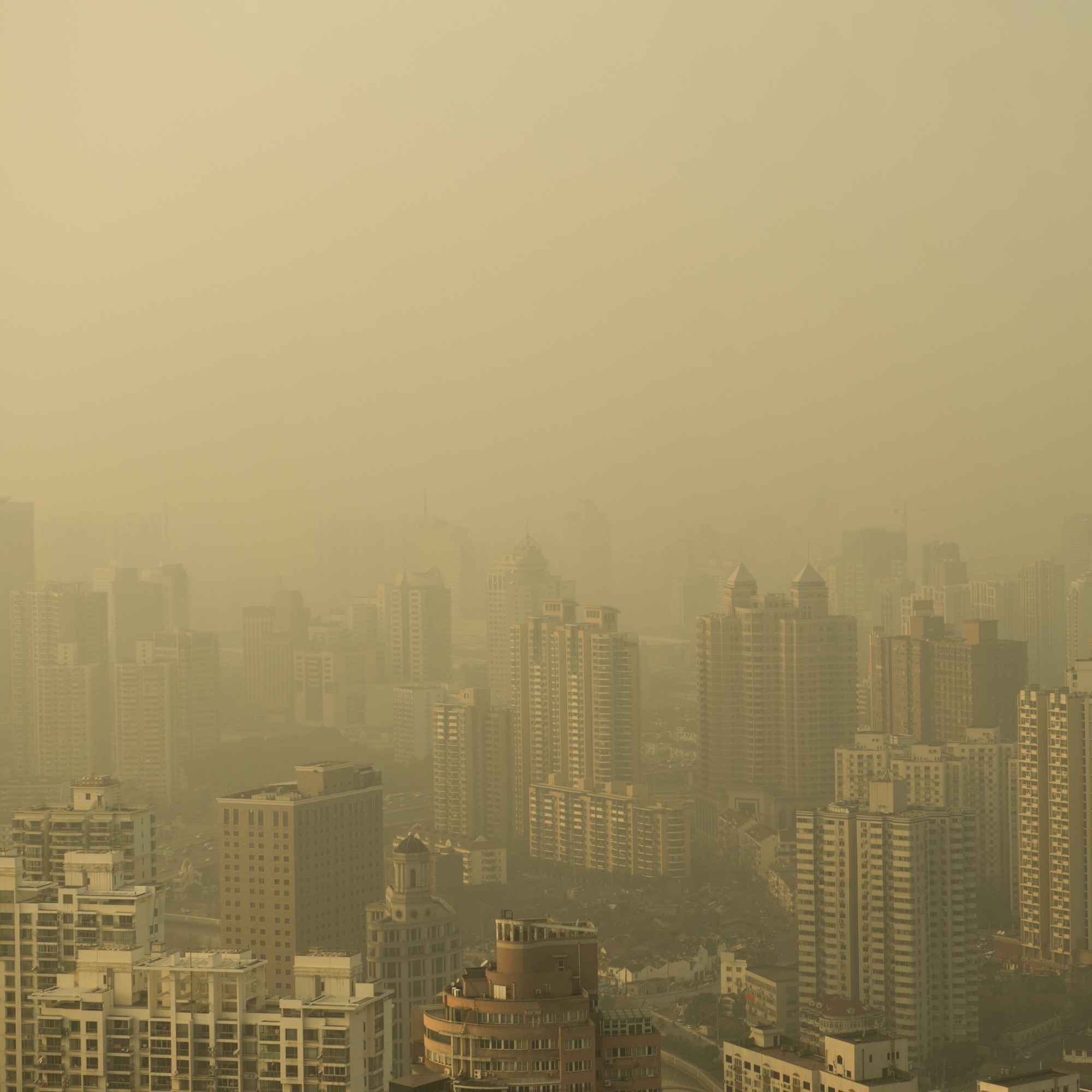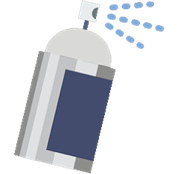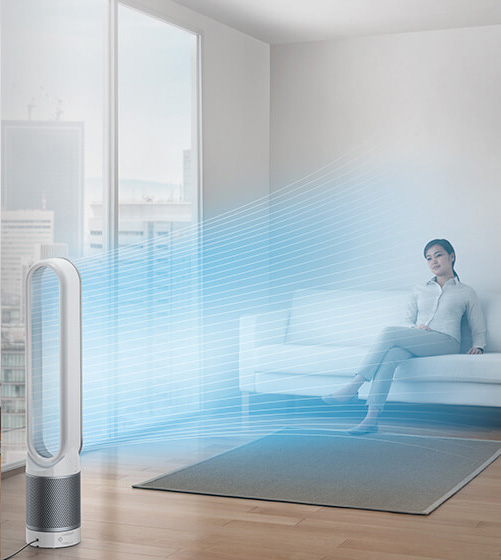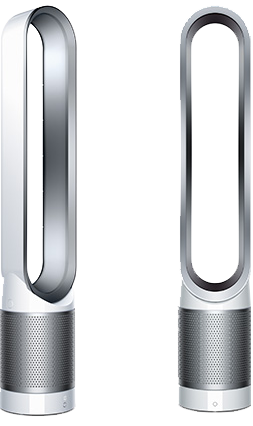
A Silent Killer in the Air

A Silent Killer in the Air
A Silent Killer in the Air



Do you know that indoor air pollution is among the world’s top five environmental health risks?
Estimates from the World Health Organization (WHO) and others suggest that between 30 and 150 times more people are killed due to indoor air pollution than global warming.
Premature death due to household air pollution


Percentage of premature deaths by pneumonia among children under 5 caused by house air pollution.
Annual premature deaths from non-communicable diseases
According to WHO:
- Over 4 million people die prematurely from illness attributable to the household air pollution from cooking with solid fuels
- More than 50% of premature deaths due to pneumonia among children under 5 are caused by the particulate matter inhaled from household air pollution.
- 3.8 million premature deaths annually from non-communicable diseases including stroke, ischaemic heart disease, chronic obstructive pulmonary disease (COPD) and lung cancer are attributed to exposure to household air pollution.
In its March 2014 report, WHO estimated that about 7 million people worldwide died as a result of air pollution exposure in 2012 alone. South-East Asia and the Western Pacific areas are the regions in which health is most affected by air pollution, with approximately 3.3 million deaths linked to indoor air pollution and 2.6 million to outdoor air pollution – scarily more deaths from polluted air indoors than outdoors!
It may come to a surprise to you that the concentrations of many pollutants indoors exceed those outdoors. Studies by the United States Environmental Protection Agency (EPA) found levels of about a dozen common organic pollutants to be 2 to 5 times higher inside homes than outside, regardless of whether the homes were located in rural or highly industrial areas.
Concentrations of many contain volatile organic compounds (VOCs) are also consistently higher indoors than outdoors. An EPA study covering six communities in various parts of the US found indoor VOC levels up to 10 times higher than those outdoors, even in locations with significant outdoor air pollution sources, such as petrochemical plants.
Where does all the air pollution come from?
Pollutants that can affect air quality in a home fall into the two broad categories:
- Particulate matter includes dust, smoke, pollen, animal dander (skin flakes from an animal’s hair or fur), tobacco smoke, particles generated from combustion appliances such as cooking stoves, and particles associated with microorganisms such as dust mites, moulds, bacteria, and viruses.
- Gaseous pollutants come from combustion processes. Sources include gas cooking stoves, vehicle exhaust, and tobacco smoke. They also come from building materials, furnishings, and the use of products such as adhesives, paints, varnishes, cleaning products, and pesticides.
Ironically, the seemingly cleanest homes or offices may actually have the worst air quality due to the fastidious use of cleaning products and air fresheners that release harmful VOCs. Synthetic fragrances are the biggest culprits.




Various sources of harmful particulate matter


Research by a team from the University of Washington on 25 common fragranced consumer products —laundry products, personal care products, cleaning supplies and air fresheners, many of them top sellers in their categories— found 133 different VOCs emitted from the products, with an average of 17 VOCs per product. Of these 133 VOCs, 24 are classified as toxic or hazardous under US federal laws, and each product emitted at least one of these compounds. Among them are probable carcinogens (cancer causing) acetaldehydea, formaldehyde and methylene chloride.
Biological air pollutants are found to some degree in every home, school, and workplace. Sources include outdoor air; and human occupants who shed viruses and bacteria (e.g. influenza, measles, chicken pox); pets, dust mites and other pests (e.g. cockroaches) that shed allergens; toxins released by moulds and mildews; as well as indoor surfaces and water reservoirs where fungi and bacteria can grow.
Building dampness were determined to be associated with 30% to 50% increases in a variety of respiratory and asthma-related health outcomes. In Malaysia, where the average relative humidity is way above 80%, we have to take extra precautions to prevent these biological contaminants from spreading.
Environmental tobacco smoke (ETS), also known as secondhand smoke, is another major source of indoor air pollution.






WHO estimates that tobacco kills around 6 million people each year — more than 5 million due to direct tobacco use and more than 600,000 are the result of non-smokers being exposed to ETS. ETS a dynamic complex mixture of more than 7,000 chemicals found in both vapour and particle phases, more than 70 of which are known to cause cancer in humans or animals, and many of which are strong irritants.
Despite the ban on indoor smoking in public places, we still see smoking in some worksites, many restaurants and other “hangout” places such as pubs and karaoke joints. Alas, you can ban smoking in your home and still be exposed to ETS. According to the US Centers for Disease Control and Prevention (CDC), there is no risk-free level of ETS exposure; even brief exposure can be harmful to health.
Just because the room seems well ventilated with hardly any smoky smell does not mean ETS is not silently killing you anyway. Research has led to the conclusion that total removal of ETS through general ventilation is not feasible.
In fact, one should not rely on odour to determine what is good or safe. Some things that smell, like vinegar, are harmless. Some odourless things—like radon and carbon monoxide— are very harmful. Sometimes, chemicals can cause you to feel sick before you notice any odour. Some people also experience “olfactory fatigue,” which is a deadening of the sense of smell. This can happen soon after the first odour sensation occurs, especially if it is a very strong odour.


Blueair Aware
Be Aware of Indoor Air
Bad indoor air quality kills. The new Blueair Aware is an air monitoring device designed to quickly detect hundreds of different types of airborne particles in your indoor environment, including everything from fine particulate matter (PM2.5) to VOCs. It also tracks room humidity and temperature. Monitor your indoor air quality in real-time, track the data, and get alerts on your smartphone with the Blueair Friend App.















